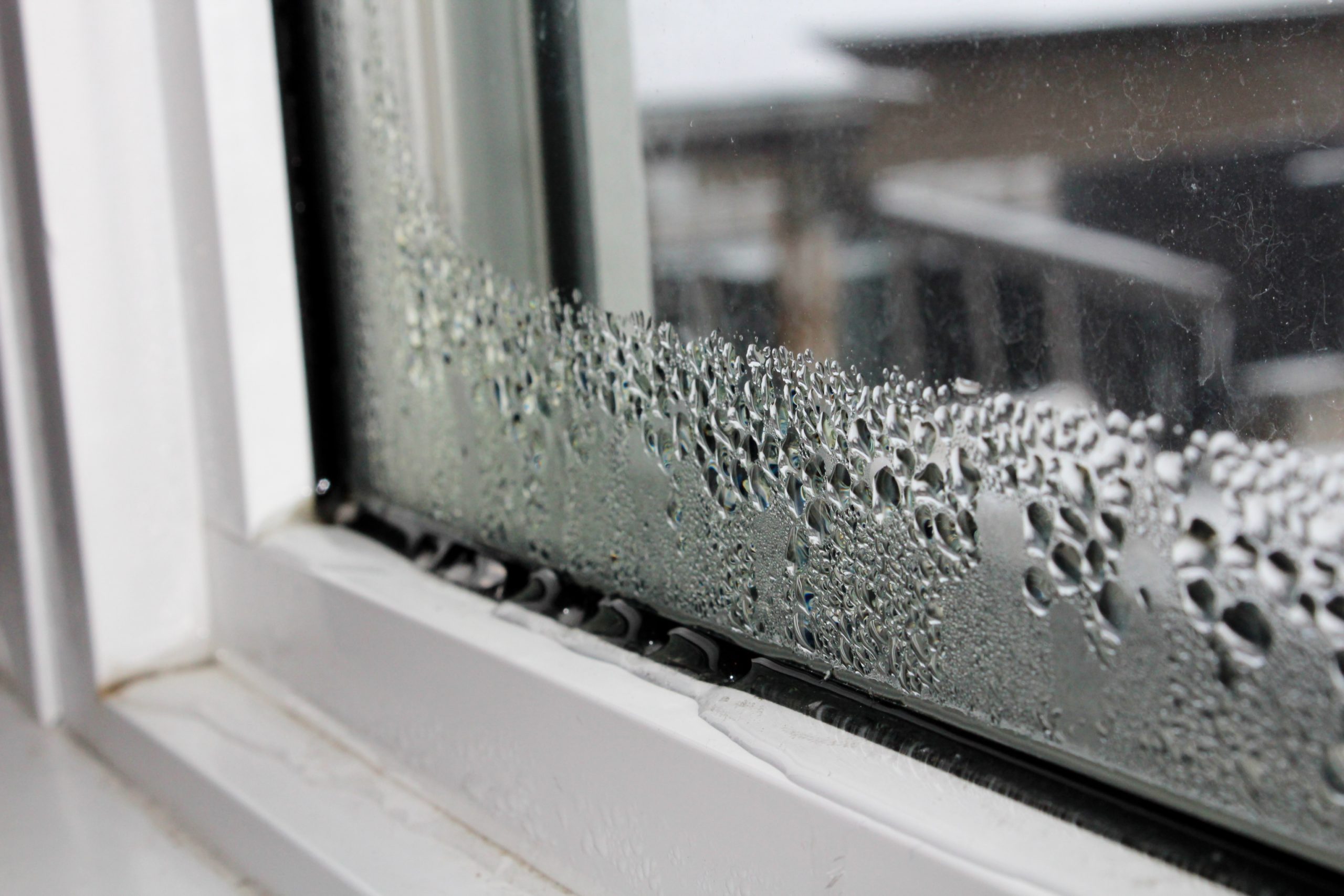
The Risk of Mold in Winter with Elevated Humidity
While winter is often associated with dry air and heating systems, the season can also bring about an increased risk of mold in homes and buildings. Elevated indoor humidity, from sources like humidifiers and indoor plants, combined with the lack of air circulation, creates an ideal environment for mold growth. Understanding and mitigating these risks is crucial for maintaining healthy indoor air quality (IAQ) during the colder months.
Mold Growth Factors in Winter
1. Humidifiers: While they are essential for comfort during dry winter months, humidifiers can also contribute to increased indoor humidity levels, fostering mold growth if not used or maintained properly.
2. Indoor Plants: Plants are great for IAQ, but overwatering or poor drainage can increase indoor humidity and water accumulation, which mold spores thrive on.
3. Lack of Air Circulation: Homes are generally sealed tighter during winter for insulation, which can lead to stagnant air and moisture buildup, especially in areas with poor ventilation.
Mitigating Mold Risks in Winter
Maintaining Optimal Humidity: Use humidifiers judiciously and monitor indoor humidity levels to keep them within the recommended range of 30-50%.
Proper Plant Care: Ensure that indoor plants have proper drainage and are not overwatered. Consider plant species that absorb humidity.
Enhancing Air Circulation: Regularly ventilate your home by opening windows when possible or using ventilation systems to circulate air and reduce moisture levels.
Regular Mold Inspections: Have your home inspected for mold by a Certified Mold Inspection Technician (CMIT) who can identify potential issues before they escalate.
Professional Mold Remediation: If mold is detected, a Certified Mold Remediation Technician (CMRT) can ensure proper mold removal and suggest preventive measures to avoid future growth.
External Resources:
- EPA Guide on Mold and Moisture in Your Home
- American Lung Association – Indoor Air Quality and Health
These external resources offer further guidance on managing mold and maintaining healthy IAQ during winter.
Conclusion
The risk of mold growth in winter should not be underestimated. By recognizing the potential sources of increased indoor humidity and lack of air circulation, homeowners and businesses can take proactive steps to prevent mold growth. Consulting IAQ professionals and adhering to recommended IAQ practices can lead to a healthier, mold-free indoor environment during the cold months.



